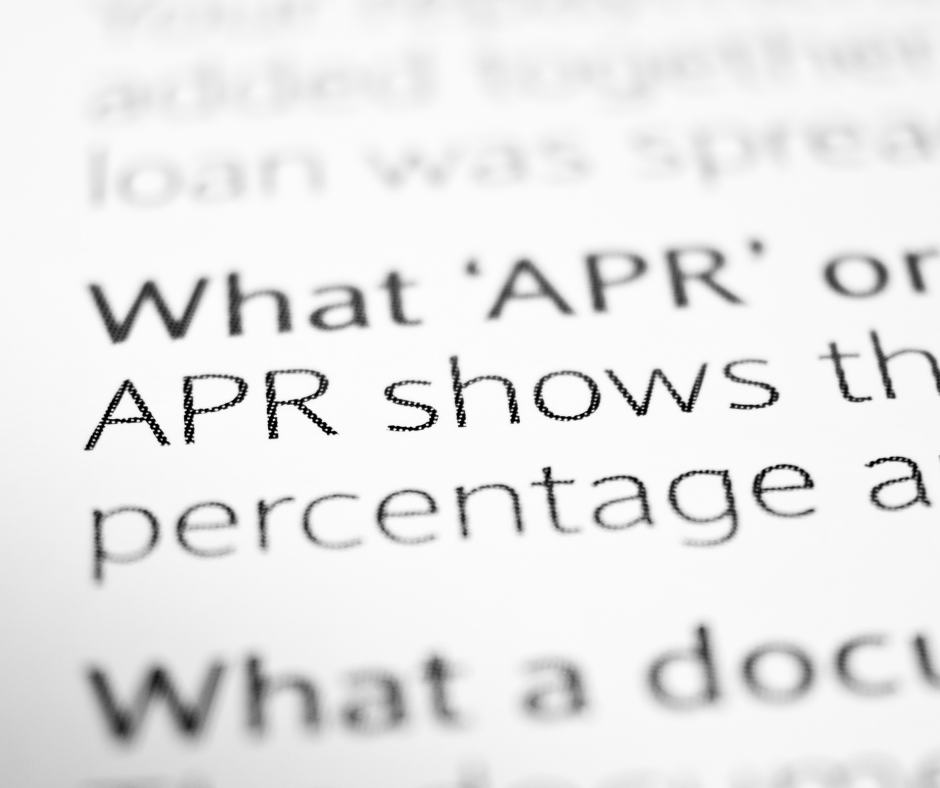
 When comparing lenders, you receive a lot of information that may seem difficult to understand at first glance. However, tools like APR are designed to give you a snapshot of the true cost of your loan. We’re here to teach you what APR is, how it works, and how it can help you when you’re making big financial decisions, like buying a house.
When comparing lenders, you receive a lot of information that may seem difficult to understand at first glance. However, tools like APR are designed to give you a snapshot of the true cost of your loan. We’re here to teach you what APR is, how it works, and how it can help you when you’re making big financial decisions, like buying a house.
What Is APR?
APR is an acronym for annual percentage rate. It gives the yearly cost of a loan a borrower will have to pay. APRs include interest and fees or costs that come with the loan transaction. They give consumers a good baseline for comparing different loans. Thanks to the 1968 Truth in Lending Act, all financial companies (including us!) have to give APRs before any loan documents are signed.
How Does APR Work?
Lenders of all types, including credit card companies and mortgage companies, calculate APR. When you look at an APR, you’ll see the percentage of the principal you pay each year and the percent you spend on interest. However, it’s often higher than just your interest rate because it takes into account fees, mortgage points, and other costs not calculated in your interest rate. Keep in mind that APR does not include compounding interest.
How Is APR Calculated?
To calculate APR, we add the interest and fees and then divide by the amount of the loan (i.e. the principal). Then, we divide the quotient of that equation by the number of days in the loan term. Finally, we multiply by 365, then multiply the product by 100 to convert it into a percent. This final number is the APR of a loan.
What Are the Different Types of APR?
There are three different types of APR:
- Fixed APR: When a bank offers a loan, a fixed APR means that the interest rate will not change during the course of the loan.
- Variable APR: Banks also offer variable APR loans, which have interest rates that can change. Remember that the number you first see when considering a variable APR is unlikely to be consistent over the course of the loan.
- Introductory APR: Credit card companies use temporary low or 0% APRs to get new customers to sign up for cards. After the introductory period, a higher interest rate kicks in.
How Does APR Work on a Mortgage?
APR is a very useful tool for comparing mortgage rates because it includes mortgage points and any fees your lender will charge you, along with the interest rate. First-time homebuyers are tempted to compare interest rates, but APR is a better tool. When comparing APRs, you might realize that a mortgage with lower interest may actually cost you more over the course of the loan when mortgage points and lender fees are taken into account.
With APRs at your fingertips, you are in control of your financial future as you compare lenders. Interest rates alone only make up part of the borrowing story. We hope this introduction to APR helps you make sense of other costs associated with taking out loans so you can make the best decision for your financial situation.



